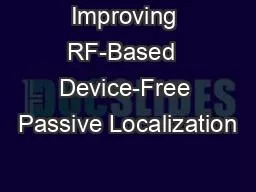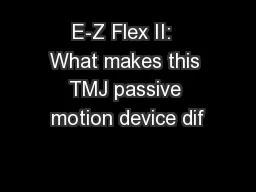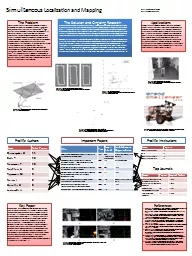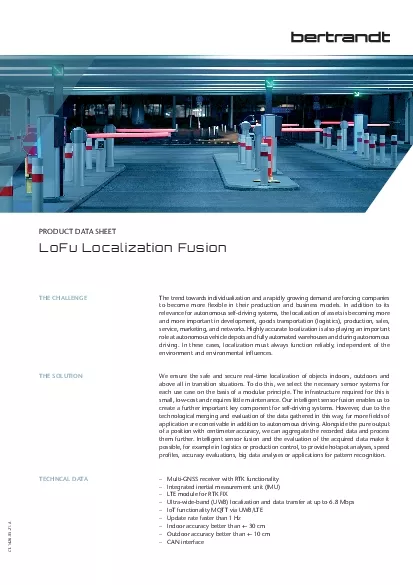PPT-Improving RF-Based Device-Free Passive Localization
Author : frogspyder | Published Date : 2020-08-05
In Cluttered Indoor Environments Through Probabilistic Classification Methods Rutgers University Chenren Xu Joint work with Bernhard Firner Yanyong Zhang
Presentation Embed Code
Download Presentation
Download Presentation The PPT/PDF document "Improving RF-Based Device-Free Passive ..." is the property of its rightful owner. Permission is granted to download and print the materials on this website for personal, non-commercial use only, and to display it on your personal computer provided you do not modify the materials and that you retain all copyright notices contained in the materials. By downloading content from our website, you accept the terms of this agreement.
Improving RF-Based Device-Free Passive Localization: Transcript
Download Rules Of Document
"Improving RF-Based Device-Free Passive Localization"The content belongs to its owner. You may download and print it for personal use, without modification, and keep all copyright notices. By downloading, you agree to these terms.
Related Documents













